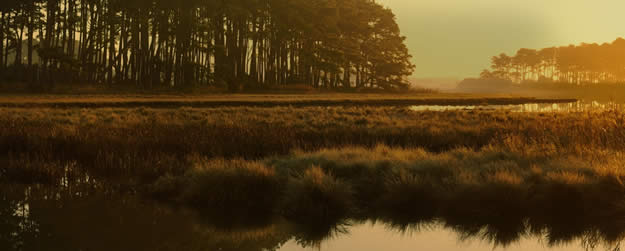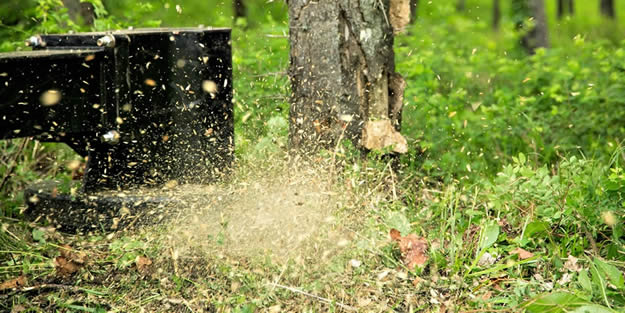
Farmers and ranchers around the country became certified conservation compliance this year, capitalizing on premium support payments as part of the 2014 Farm Bill. According to a news release from the U.S. Department of Agriculture, 98.2 percent of eligible producers successfully qualified for crop insurance support - the largest in history.
On the back of several strong economic years and continued growth in the agriculture sector, landowners on qualified land came out in droves to fill out AD-1026 certification forms before the June 1 deadline.
Known as Highly Erodible Land Conservation (HELC) and Wetland Conservation (WC) provisions, these tax benefits provide landowners an avenue to protect otherwise-susceptible land while receiving financial support to account for the loss of production. In essence, farmers and ranchers cede a portion of their land to the government for the purpose of conservation. The property in question is mostly in arid or climate-sensitive regions, such as wetlands and deserts. Without the proper care and protection, these types of land are at risk of significant soil loss and erosion.
The goal of the Farm Bill provisions is to maintain the quality of land for posterity while ensuring there are adequate safeguards in place to promote rural growth in the future.
"This overwhelming response is a product of USDA's extensive outreach and the commitment of America's farmers to be stewards of the land," USDA Secretary Tom Vilsack stated. "By investing in both American farmers and the health of our productive lands, we are ensuring future generations have access to fertile soil, healthy food supplies, and a strong rural economy."
Meeting the requirements
Compliance with HELC and WC requirements is at an all-time high partly because landowners see the benefits of conserving land that may not be as productive. Over time, over-farming and natural disasters can render some land unusable because the soil no longer supports crop growth or an inhabitable wildlife environment. To mitigate these risks, landowners apply for insurance premium support and must adhere to the following rules, per the Natural Resource Conservation Service:
- Owners cannot produce agricultural commodities on highly erodible land unless they do so under strict NRCS-approved programs
- Owners cannot attempt to convert a wetland that may make agricultural production possible
- Owners cannot produce any commodities on a converted wetland
These standards are accompanied by additional technical support throughout the filing year. Farmers and ranchers who wish to make renovations to parts of their land that fall under their Farm Bill responsibilities must first consult with the Farm Service Agency. Certain activities such as combining fields or eliminating fence rows must be evaluated by an NRCS regulator to ensure non-compliance issues do not arise from the modifications.
Enormous coordination
Vilsack attributes the high turnout to a larger-than-usual ground operation on behalf of the USDA. For instance, more than 50,000 reminder letters were sent to eligible landowners to alert them of the June 1 deadline. In addition, to get this year's compliance process started off on the right foot, the USDA worked with crop insurers in late 2014 to make sure that all producers had updated contact information. In total, 25,000 phone calls and 6,000 sit-down training sessions with major industry stakeholders helped contribute to the outreach effort.
For farmers who have yet to meet compliance criteria, the USDA and FSA are still working to help bring these landowners into the fold. Some may have filled out incomplete applications or needed additional time to file, effectively suspending their certification for the time being. However, the USDA is issuing temporary case-by-case deadline extensions to certain farmers.
Crop insurance forms for 2016 are also available for those looking to stay ahead of next year's process.
"I've asked agencies to contact the producers again before their sales closing dates," said Vilsack. "I want to ensure that every producer that turned in an AD-1026 by June 1, 2015, knows they can still make corrections and remain eligible for premium support."
Working together
While larger producers may have a history of working laterally with crop insurers and the government on issues of conservation, smaller farmers may not be as up to date on the latest industry regulations and compliance certifications. However, with authorization through the Farm Bill, the federal government has a host of new efforts and policies that affect millions of people every year, of which, landowners and crop producers are well-served to take advantage of.
Enacted in 2014, the Farm Bill centers on seven prominent factors, including:
- Infrastructure
- Conservation
- Jobs
- Innovation
- Health/Nutrition
- Safety Net
- Research
Additionally, USDA services authorized through the Farm Bill encompass:
- Disaster relief
- Access to rural credit
- Public-private conservation partnerships
- New markets for rural products
- Research funding
- Land- and community-based investments
The USDA estimated an additional 1.1 million acres of wetland and 1.5 million acres of erodible lands will be protected under the the conservation compliance provisions.
For more information about government programs, landowners should contact Mossy Oak Properties, the industry-leading network of certified land specialists. With expertise in specific regions and decades of knowledge about market trends, applicable tax benefits and conservation programs, brokers from MOP are a great resource for farmers and ranchers to lean on. Anyone new to the land sales industry or simply looking for advice on best practices and smart business decisions will find MOP to be a one-stop shop for all things related to land transactions.






























